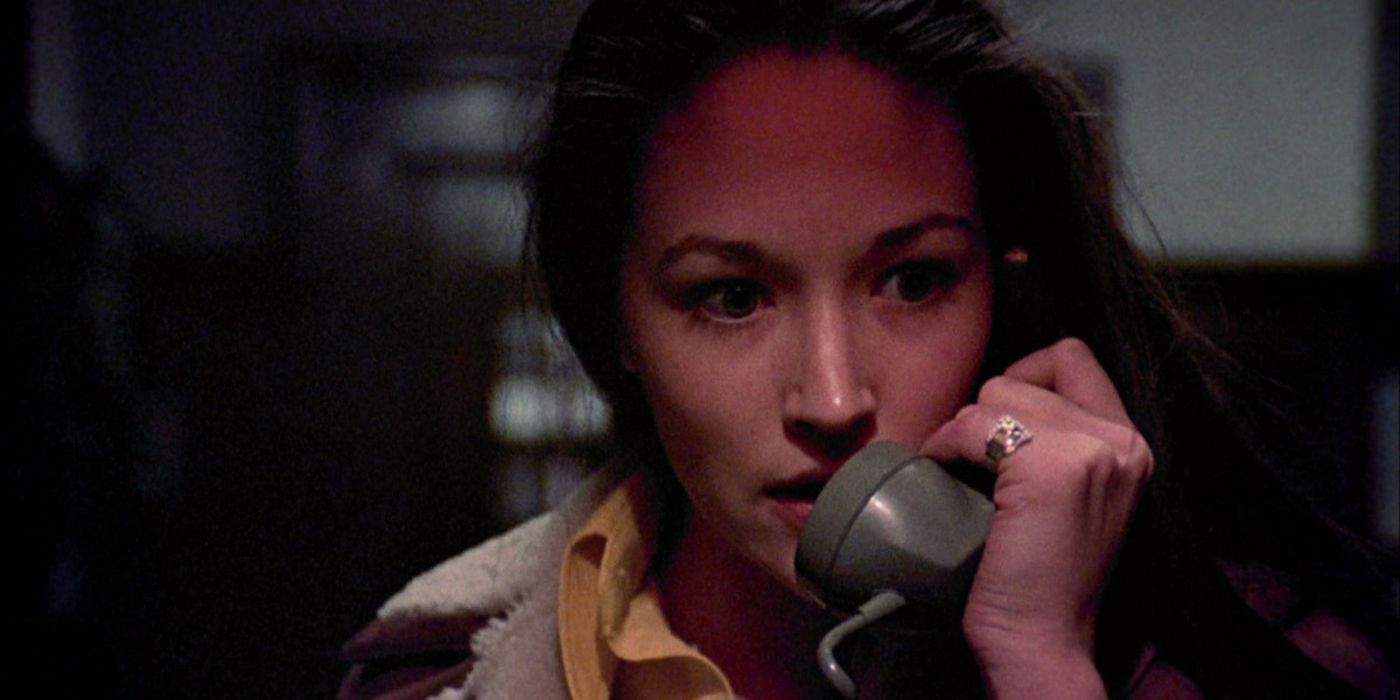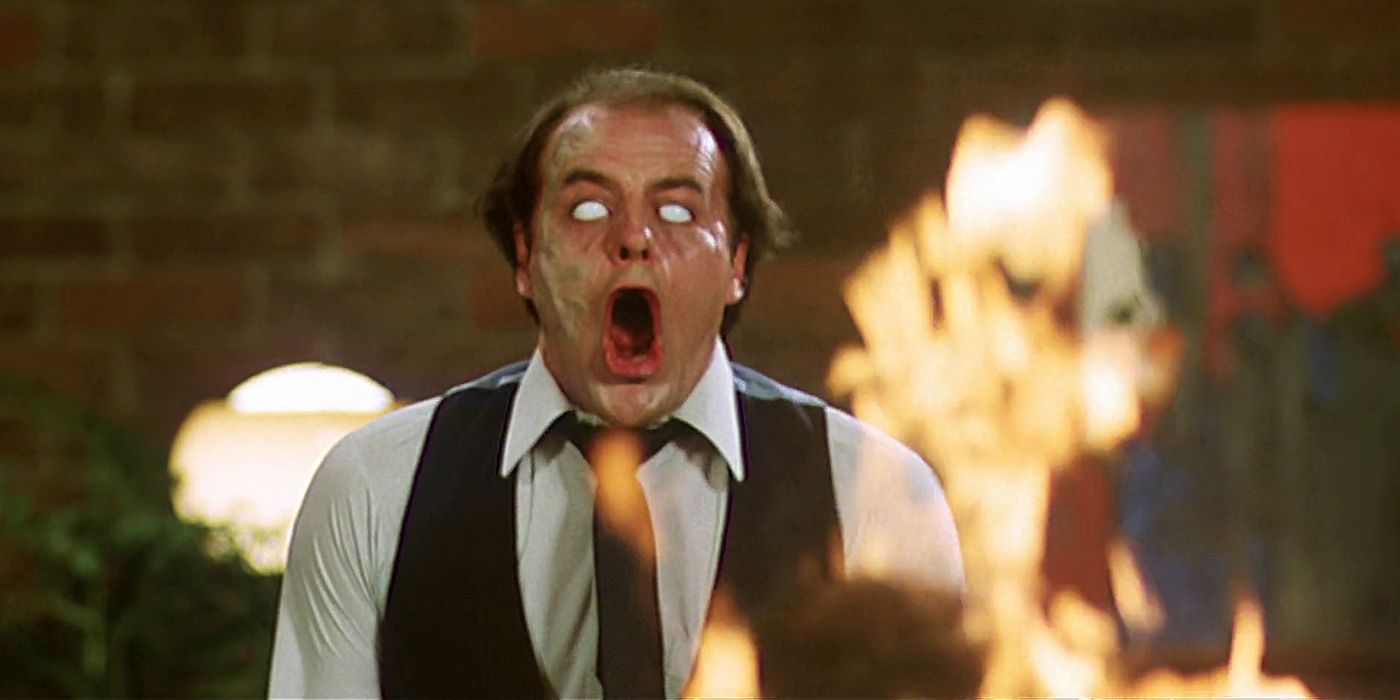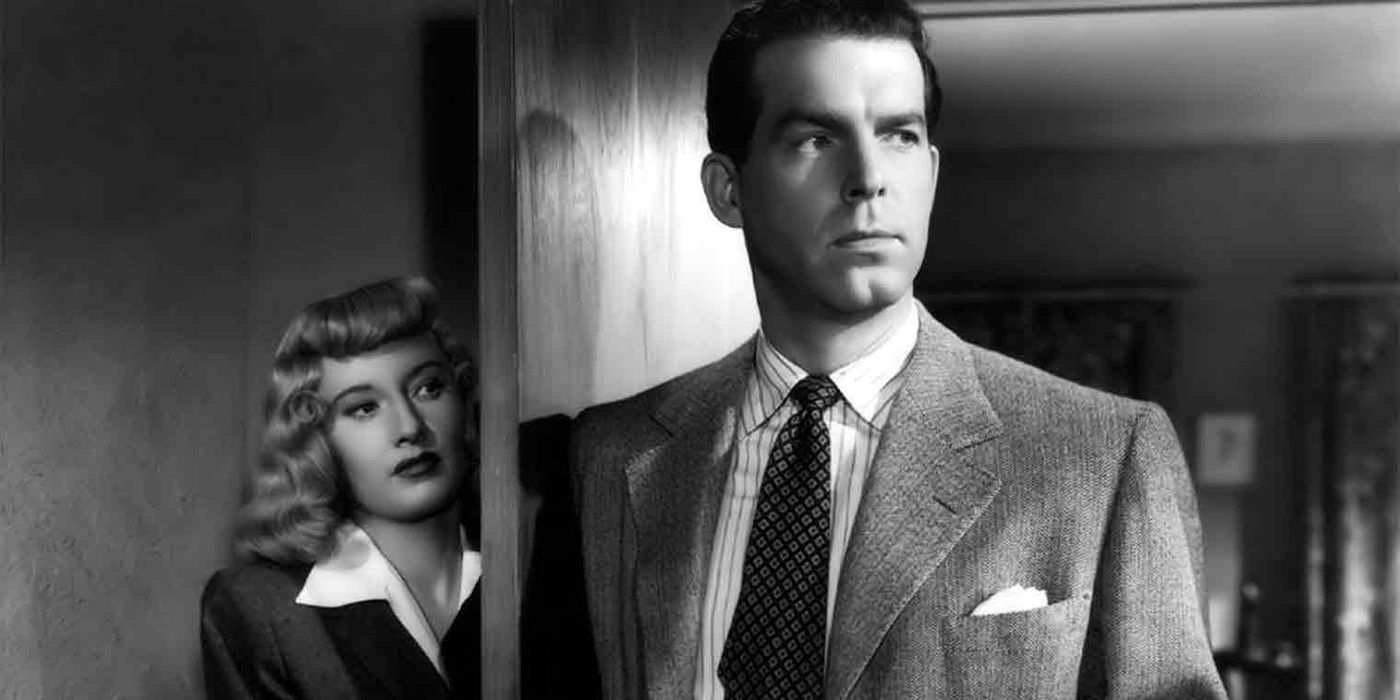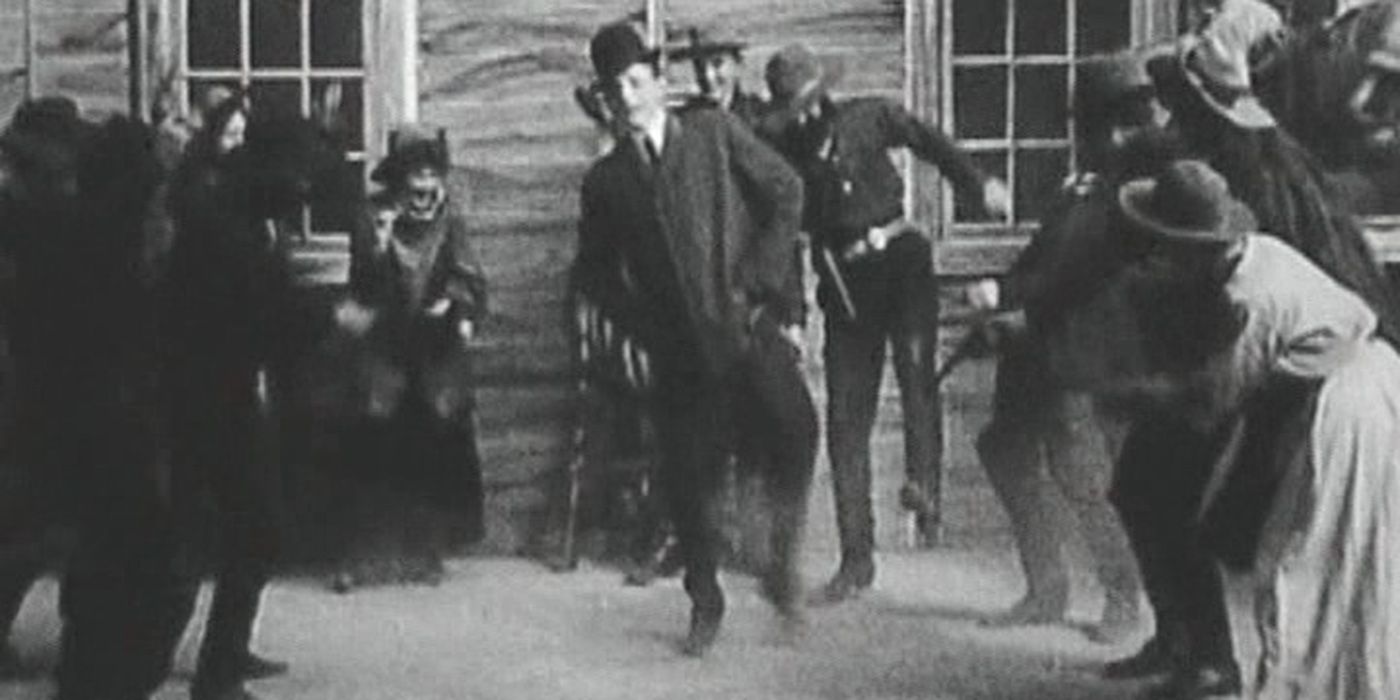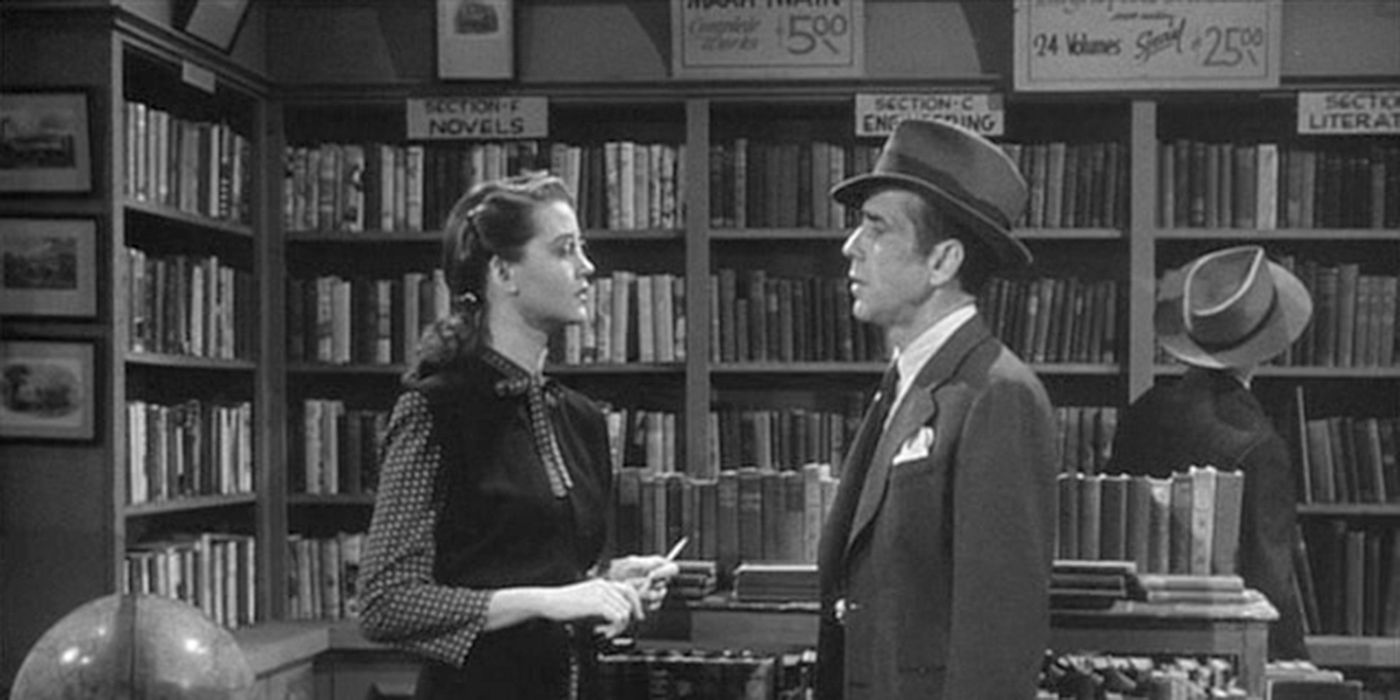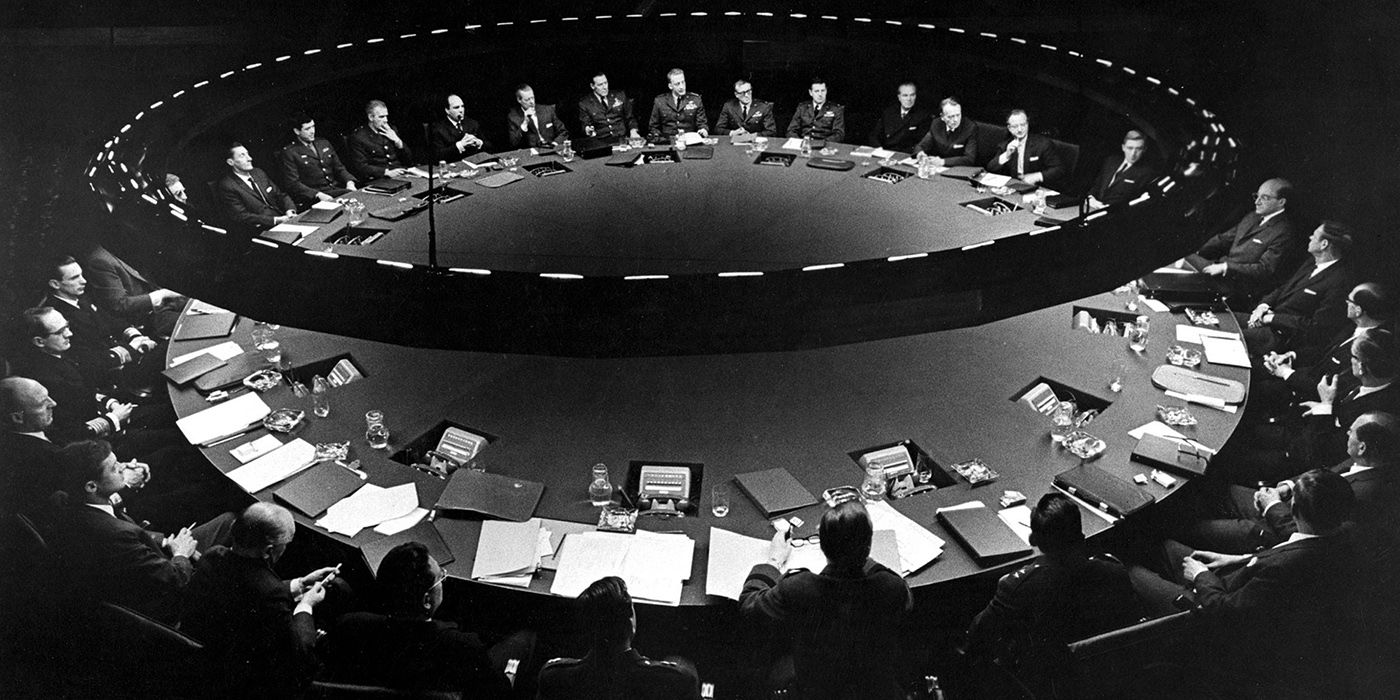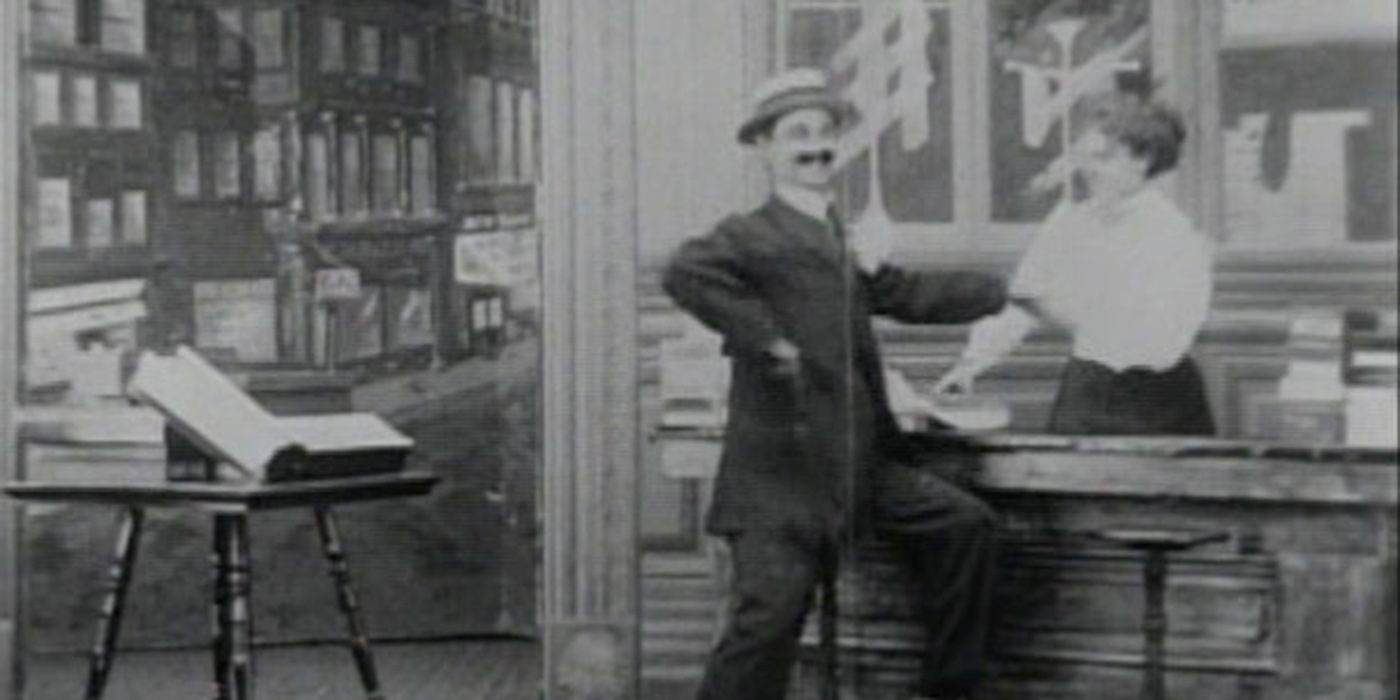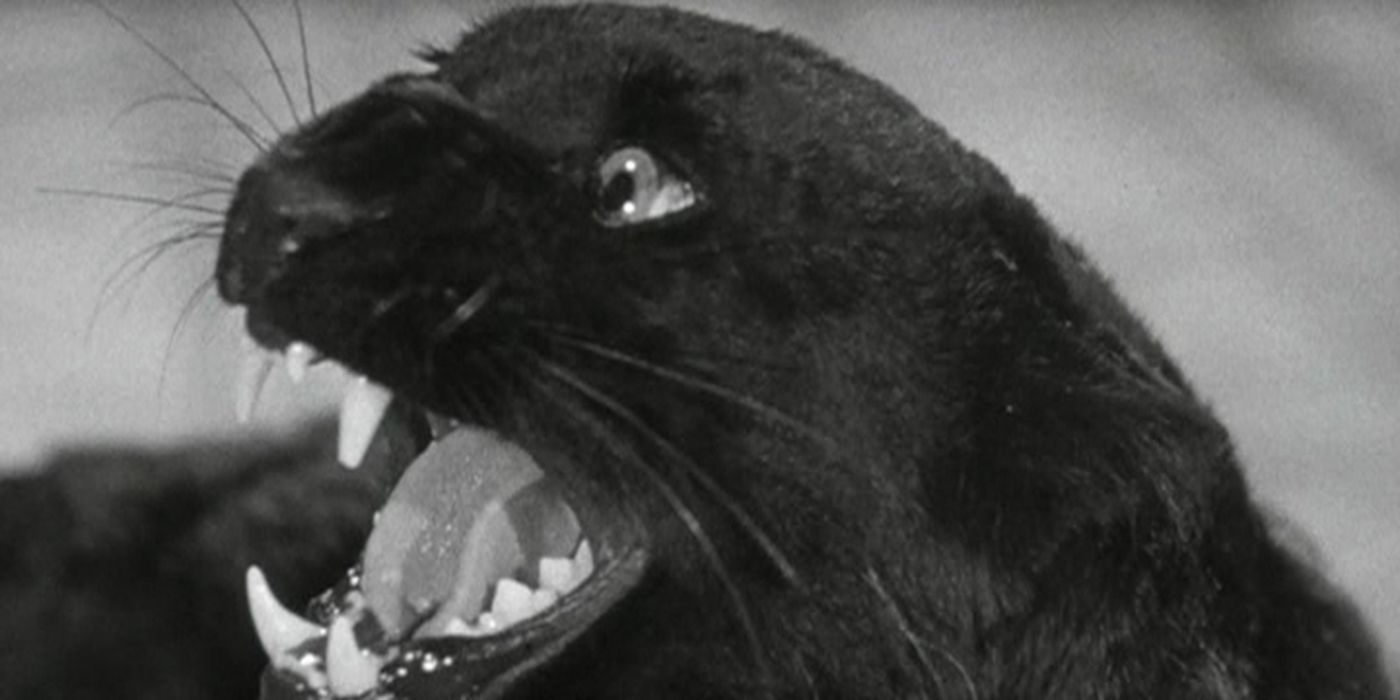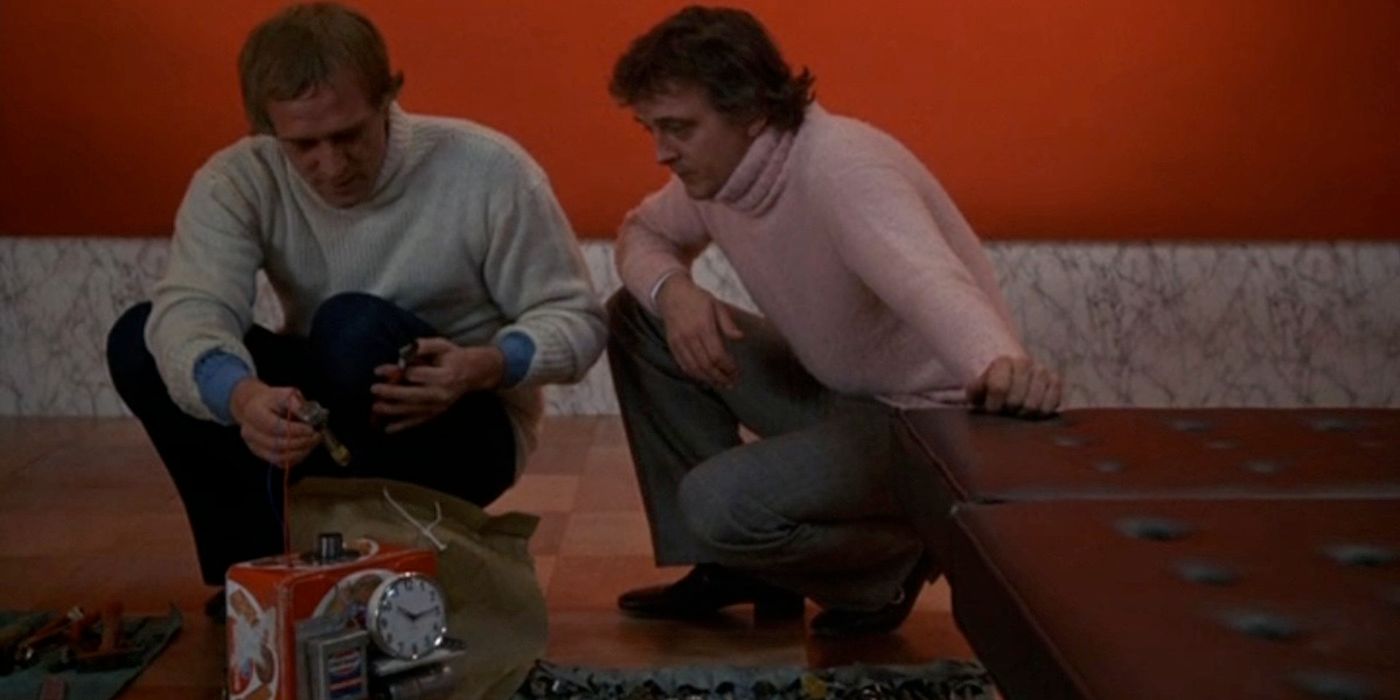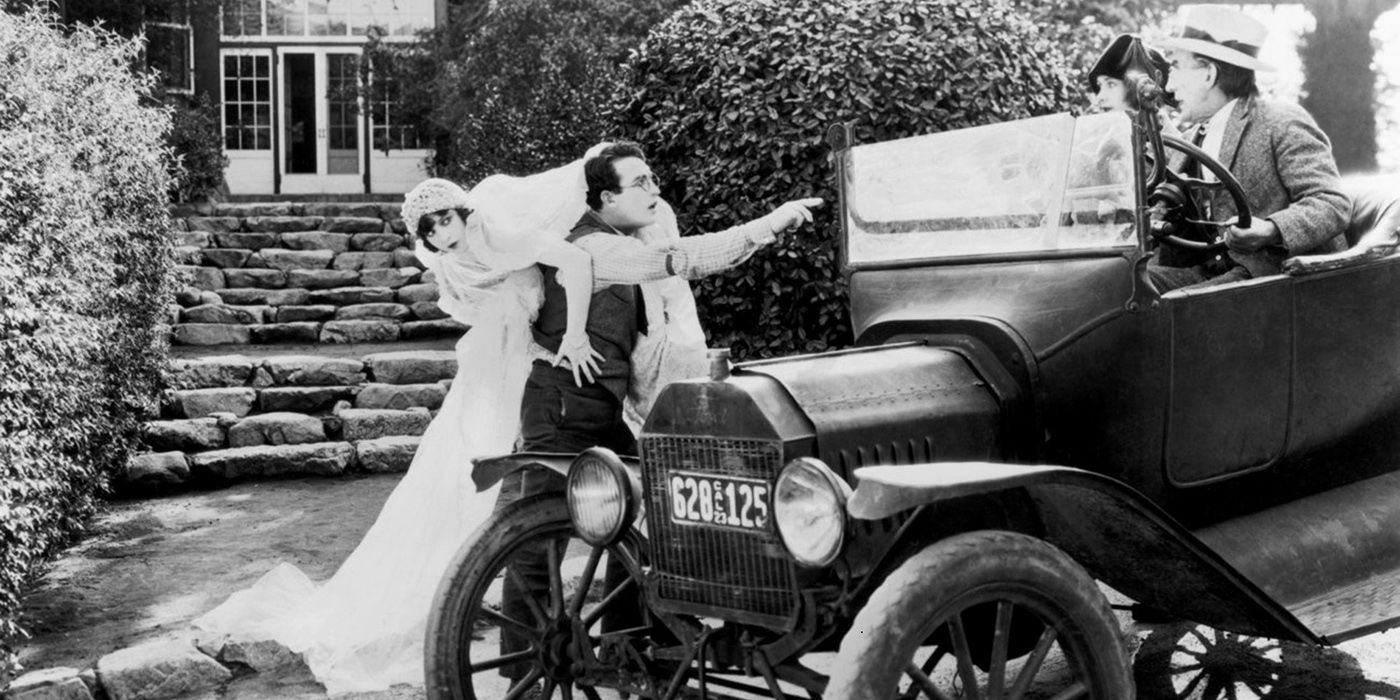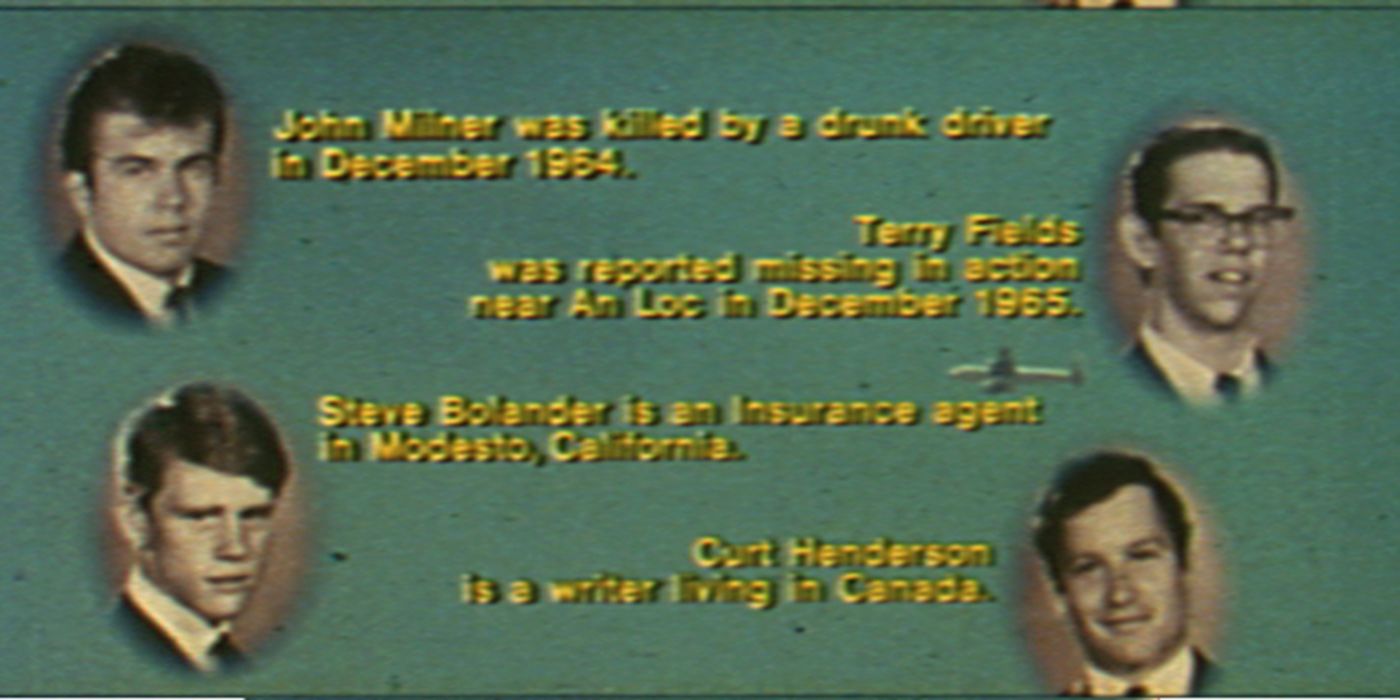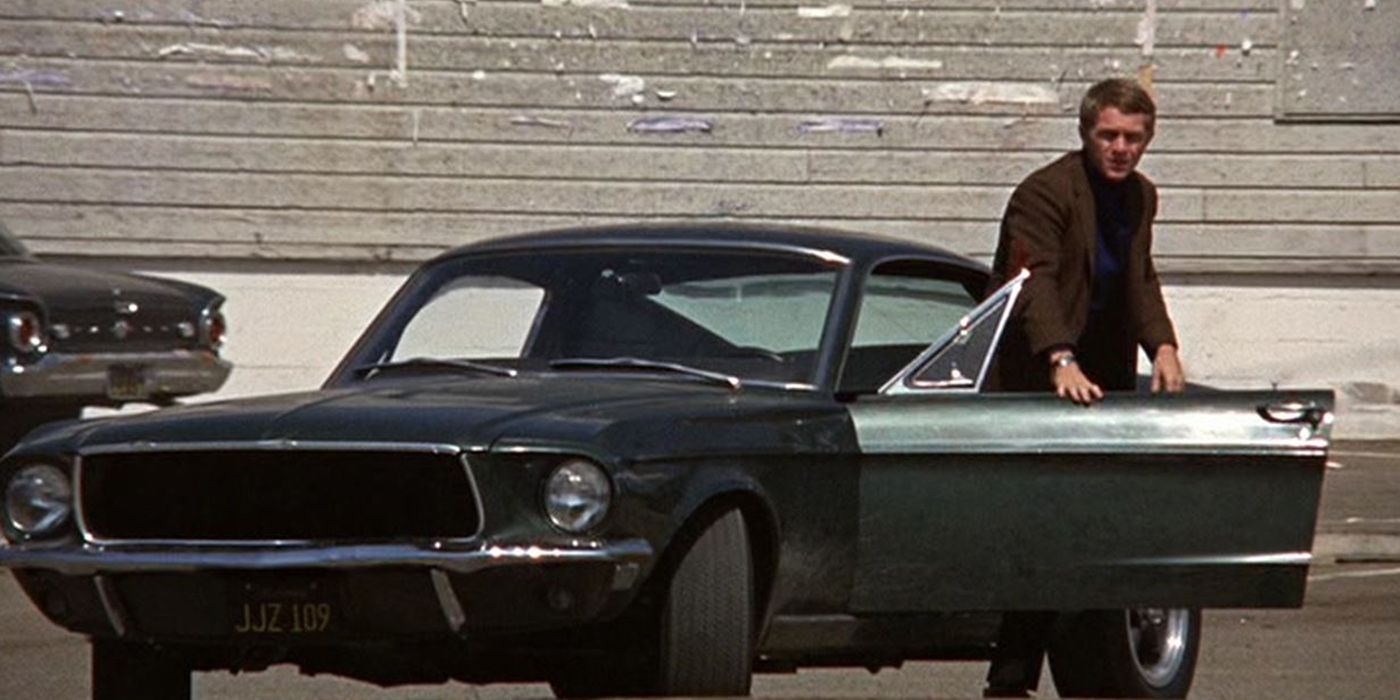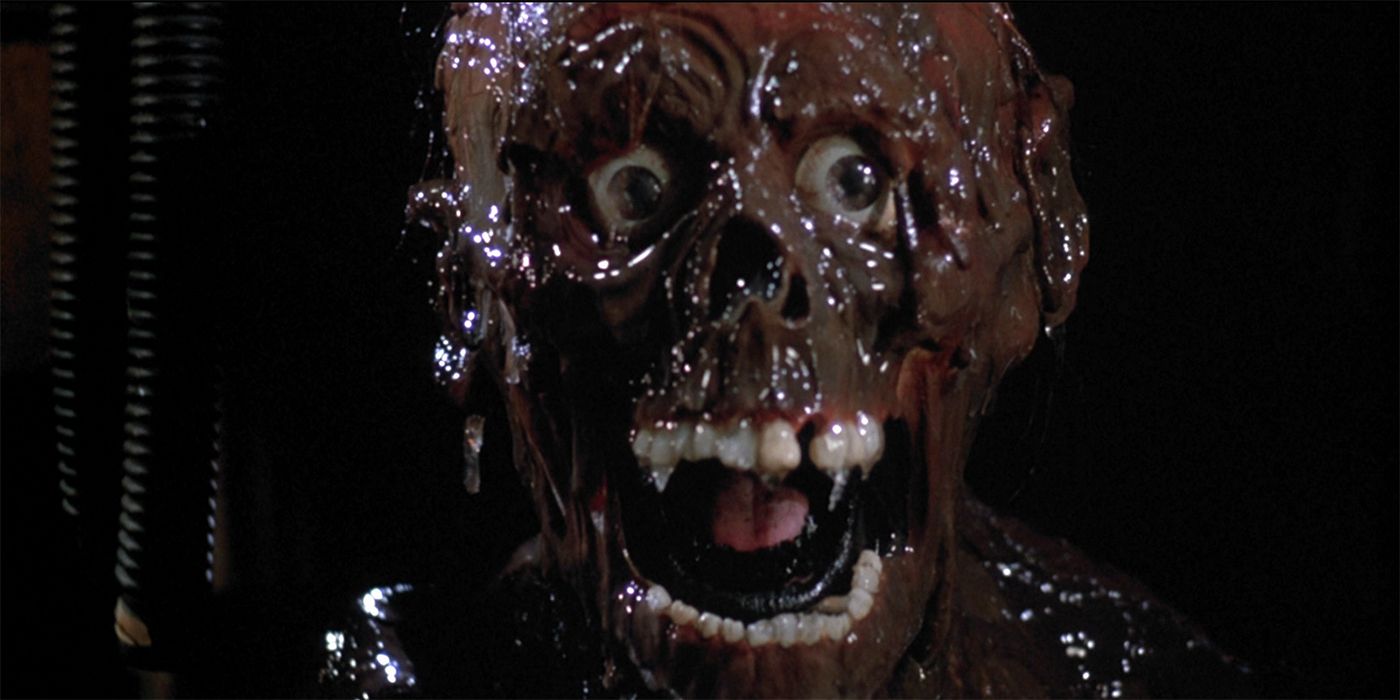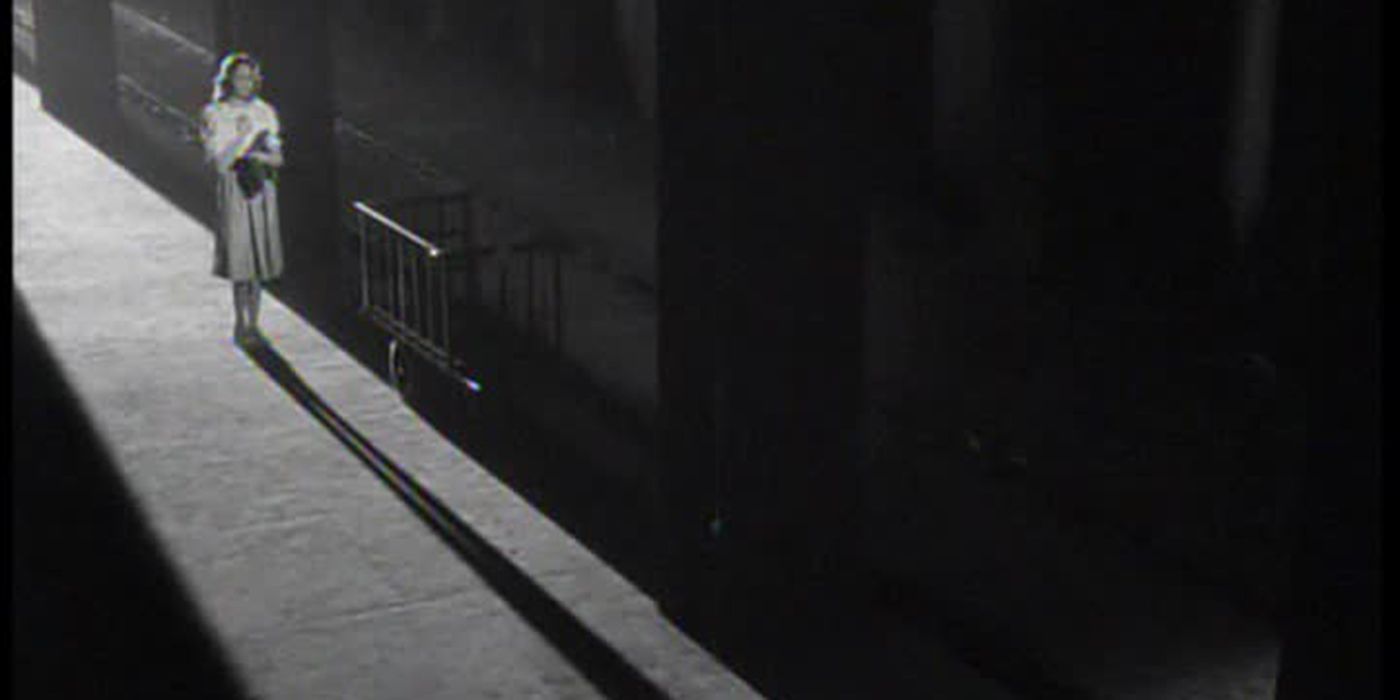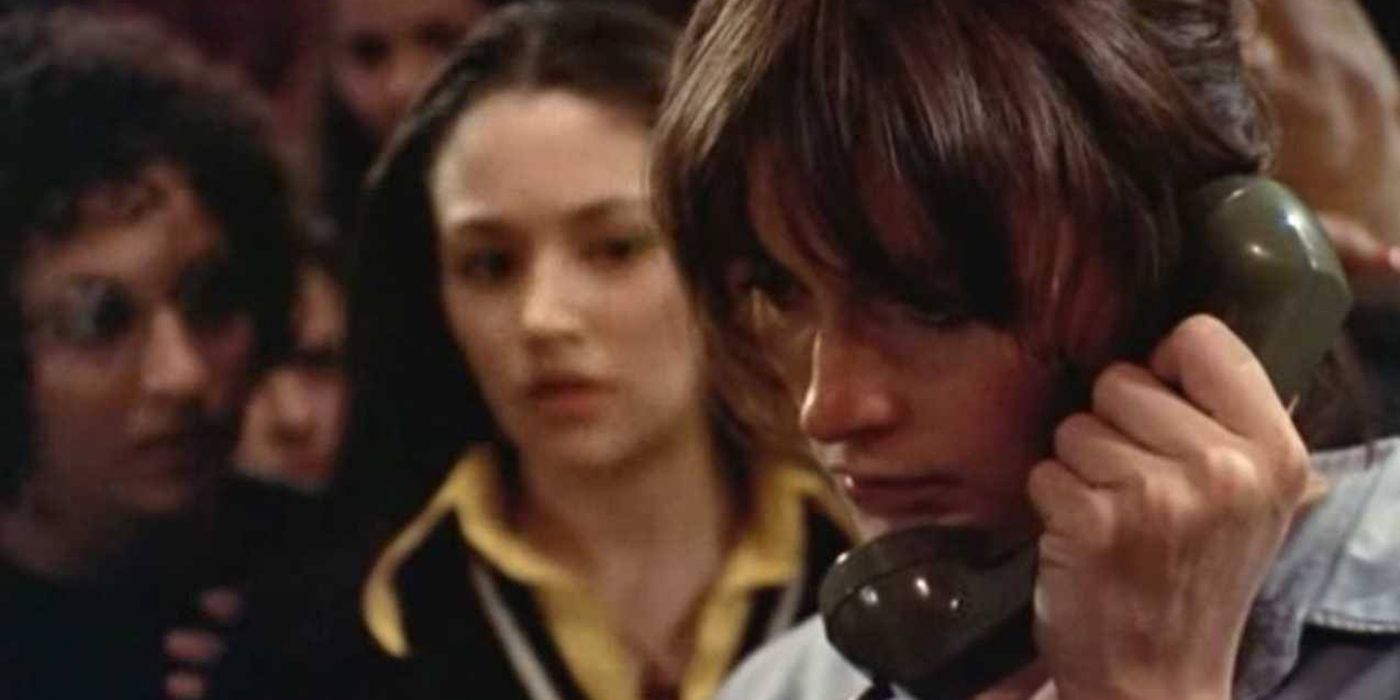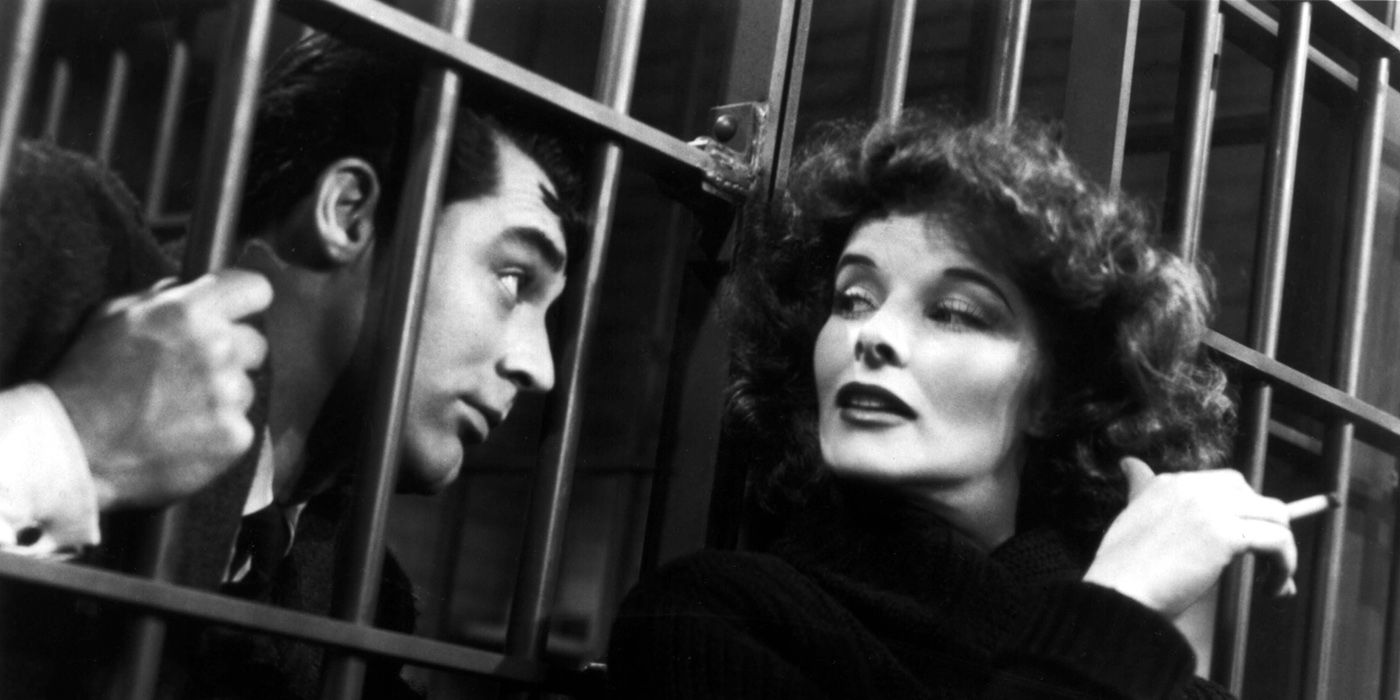The evolution of film clichés is a fascinating subject. True clichés are a lot like a particularly nasty virus. By the time that anyone really bothers to give it a name or even notice it, it has already spread out of control. There is a negative connotation to the word cliché, primarily because many people don’t bother to really pay attention to the cliché itself until it’s everywhere and has become an all-too-common part of the moviemaking business. Perhaps there was a time when the cliché was a beloved and creative concept, but that was long ago.
Have you ever stopped and wondered which films are responsible for the most popular movie clichés? No, we’re not talking about the creation of the actual concept. Just about every storytelling cliché outside of filmmaking can be traced back to books and ancient stories. Instead, we’re talking about the movies that were the first to feature popular methods, ideas, and moments that eventually earned the dreaded cliché status. While it’s sometimes impossible to tell where these tropes began, there are some major clichés whose roots can be traced back to a single film.
These are the 15 Movies You Didn't Know Invented These Famous Film Clichés.
15. Psychic Nosebleed - Scanners
Movies have the ability to make impossible - or at least highly unlikely - occurrences a rule of nature. Take, for instance, the case of the psychic nosebleed. Whenever a movie character is using psychic powers, or sometimes when psychic powers are being used on them, they will inevitably begin to bleed from the nose. This has become so commonplace that filmmakers can essentially just show one character straining their face and getting a nosebleed and audiences will know right away that psychic shenanigans are afoot.
Nosebleeds and psychic powers are treated like the relationship between sneezing and catching a cold. One just follows the other. If you’re looking for the film that implanted this into the Hollywood collective mind, look no further than 1981’s Scanners. While Scanners is more famous for that head-exploding scene that’s been the source of a million internet GIFs, it was the first major movie to suggest that nosebleeds can be caused by psychic powers. Like many tropes, however, the idea had been suggested in some books released before this film.
14. The Car Won’t Start - Double Indemnity
Horror fans know this cliché all too well. The basic set-up involves our protagonists running away from some threat. Exhausted, they eventually reach their car and are reinvigorated by the presumed safety it offers. Just when everything is looking up, though, our heroes are dismayed to realize that the car just... won't... start. Depending on the movie, the car either eventually starts or everyone inside is murdered.
Although this trope is most commonly found in horror movies, it was actually innovated by the noir film Double Indemnity. Oddly enough, the historic scene in which Phyllis is unable to start her car following the dumping of Dietrichson’s body wasn’t even in the original script. There are two versions of how it came to appear in the film. Some say that the car actually wouldn’t start during filming and the crew decided to leave it in after the fact. Others claim that director Billy Wilder was inspired to shoot the scene after experiencing similar car trouble during the shoot.
Either way, those who find themselves saying “When does that ever happen?” when this trope is used should remember it was inspired by something that actually happened.
13. Bullet Dance - The Great Train Robbery
This cliché has fallen out of favor in the modern era as it's almost impossible for anyone to take it seriously, but it’s still a bonafide Hollywood classic. While the bullet dance is most commonly seen in western films, it can be used in any movie where angry characters are toting guns.
Regardless of the setting, the scene almost always plays out the same. The bad guys are attempting to scare our hero so they shoot at the hero’s feet and ask for them to dance. Many movies have parodied this scene (such as Back to the Future Part III) or even toyed played with the outcome (Goodfellas), but if you want to see the first film to feature the bullet dance, you have to go way back into film history.
In fact, you have to go back to what is considered to be the first true film western ever made, 1903’s The Great Train Robbery. Yes, this cliché really has been around for about as long as the western genre has. In all fairness, though, subsequent uses of the bullet dance since The Great Train Robbery have mostly been an homage to that movie.
12. “No Glasses = Instant Attractiveness” - The Big Sleep
Here’s one that nearly everyone seems to hate when it is presented seriously. This is really just a play on what is commonly referred to as the My Fair Lady cliché that some of you may remember was discussed in Kingsman. The basic idea is that a seemingly plain-looking girl is “revealed” to be a beautiful woman after undergoing a makeover. This particular cliché is an even lazier version of that. Here, the girl in question usually just takes off her glasses (because those are apparently always unattractive) and lets her hair down-- then she's pronounced a great beauty.
One of the first instances of the makeover version of this cliché occurs in the 1942 film Now, Voyager. However, that movie involves a pretty thorough makeover. If you’re looking for an early example of the lazy version of this cliché, then you need to see 1946’s The Big Sleep. In that film is a scene which shows Marlowe convincing a clearly attractive bookseller to take off her glasses. In that moment, he is surprised to join the rest of the audience, who recognized she was obviously incredibly attractive before that moment.
11. The War Room - Dr. Strangelove
Sometimes, clichés become so ingrained into film history that you forget they are clichés in the first place. One of the greatest examples of this curious phenomenon is the idea of the American war room or, in some cases, war rooms in general. When you hear war room, you most likely picture a large round table, a bunch of maps in the background or on the table itself, and a vast empty room that contains the whole set-up.
It’s such a classic visual that you’d probably swear it’s based on an actual room. While there is a United States situation room, it looks nothing like the one you probably picture when you think of a war room. That visual comes courtesy of Stanley Kubrick’s Dr. Strangelove. Actually, the room itself was a play on designer Ken Adam’s previous work on the villainous lair in Dr. No. In any case, it was the first time this design was associated with the popular war room concept.
10. Pie in the Face - Mr. Flip
Have you ever stopped and thought about how strange the old "pie in the face" gag really is? Who throws pie at someone’s face? How would such a situation ever come to someone’s mind? Actually, perhaps it’s better to ask how anyone could ever actually find that gag to be funny. While it’s been years since this one was played for actual laughs, the trope remains as a kind of parody of itself. It’s often used with a sense of irony.
So which film pioneered it? That’s a fascinating question that has been debated for some time. The 1927 Laurel and Hardy film The Battle of the Century contains the most famous early pie fight in cinema history, but the 1913 movie A Noise from the Deep featured an earlier instance of a single pie to the face being used as a gag. However, the real innovator here appears to be a 1909 short comedy titled Mr. Flip, which ends with an annoying diner patron getting a pie in the face from a frustrated waitress.
9. The Cat Scare - Cat People (With Nods to Alien and Friday the 13th)
Ah, the cat scare. It’s the simplest set-up in the big book of horror movie clichés. During a particularly tense scene that involves a protagonist either unaware that there is danger nearby or actively trying to hide from said danger, they will inevitably get spooked by a nearby cat who runs or jumps in front of them. This is almost always used as a distraction for the bigger scare that’s about to come.
The origin of this technique is easy enough to identify. The 1942 film Cat People seems to have pioneered the concept of this film scare, but ironically didn’t involve a cat. In that movie, a woman is running from what she believes to be a panther and is spooked by the brakes of a bus which sounds like a cat.
So what’s the first cat scare to involve a cat? It’s a matter of surprising debate, but the film Alien is likely the answer. However, the most famous version of this scare was innovated by the Friday the 13th franchise.
8. "Which Wire Do I Cut?" - Juggernaut
Here’s one that’s thankfully gone out of style as an actual plot device, but is still a part of popular culture. There are many variations of this cliché, but it typically involves someone who is tasked with disarming a bomb but has no idea how to actually do so. Through the instructions of an assistant or a book, they know they have to cut one of the bomb’s wires. However, which wire do they cut?
So far as bombs and wires go, one of the most famous early examples of defusing a ticking bomb with wires occurred during Goldfinger. There, however, defusing the bomb in question initially involved James Bond attempting to pull out all the wires.
However, if we’re talking about the classic “which wire is it” set-up, then the earliest known example is the 1974 movie Juggernaut. There, our protagonist has to diffuse either the red wire or the blue wire. The captured criminal who made the bomb tells him he needs to cut the blue wire, but the hero doesn’t know if he can trust him.
7. "Stop The Wedding!" - Girl Shy
If you ask many film fans which movie featured the first instance of a man rushing to stop a wedding with a grand gesture before the bride can say “I do,” then they would likely cite The Graduate as the originator of that particular cliché. It’s easy to understand why. The iconic wedding scene that ends The Graduate is not just an incredible movie moment, but would go on to be parodied many times over in movies like Wayne’s World, which replicated it almost shot for shot.
Interestingly enough, that wedding scene in The Graduate seems to have been inspired by a very similar one seen in the 1924 Harold Lloyd comedy, Girl Shy. While Lloyd’s attempt to stop the woman he loves from getting married doesn’t play out exactly like it does in The Graduate, the pacing and intent of this sequence is most certainly the forbearer of similar ones that would follow.
6. The “Where are they Now?” Credit Sequence - American Graffiti
This one is so commonplace and generally effective that it’s often not thought of as a cliché at all. Yet, the "Where are they now" credits sequence does satisfy all of the qualifications. The technique behind this cliché has been the same for years. Following the events of a movie featuring multiple, typically young, characters, we come to the end of the story. Shortly before the formal credits, or sometimes during the formal credits, we see a picture or clip of the movie’s main characters alongside a brief piece of text that details what happened to each of them following the end of the movie.
While Animal House typically receives all the love for being many people’s first encounter with this cliché, the popular college comedy was beaten to the punch by a few years by George Lucas’ American Graffiti. The style of that “Where are they now?” epilogue is the clear inspiration for the others that would follow.
5. The Loose-Canon Cop - Bullitt
The definition of this trope is a little vague, but you certainly know it when you see it. The loose-canon cop is sometimes known as the cowboy cop. They typically go it alone and break all the rules in their pursuit of justice. More often than not, they’re clearly talented at what they do, despite the fact that what they do is not technically within regulations. In other words, they’re the “Turn in your badge and gun!” cops.
Actually, the whole “turn in your badge” cliché is what makes pinning the origins of this one down so difficult. That particular trope was born in the noir genre (most likely The Big Heat), as was the idea of non-traditional hero cops. However, it’s generally agreed that the template for the loose-canon cop as we know and love it today was created by the Steve McQueen film Bullitt. Actually, Bullitt is also credited with creating the modern car chase sequence, so it was kind of a big deal for the genre.
4. Zombies Crave Brains - Return of the Living Dead
While Night of the Living Dead didn’t technically invent the idea of zombies, the movie is rightfully credited with pioneering the concept of zombies as they are known today. Everything from The Walking Dead to Shaun of the Dead has to pay homage to George Romero’s horror movie masterpiece and the way it introduced its particular brand of shambling undead hordes to the world. Nearly every cliché we associate with zombies can be traced back to that 1968 movie.
The one zombie cliché you won’t find in Night of the Living Dead is the notion of zombies craving brains. Given how closely Romero’s zombies and eating brains are associated with each other, it’s strange to consider that Romero didn’t invent this particular zombie attribute. The whole eating brains thing didn't actually into play until 1985’s Return of the Living Dead. There, it was established that zombies eat brains because they help soothe the pain of their existence.
3. Train Station Goodbye - Since You Went Away
There’s always been a certain romanticism to the concept of a train. Trains allowed people to reach places they’d only ever heard of in record time. It did for land what ships did for the ocean. However, when movie fans think of romantic notions and trains, they most likely think about the specific visual of one person getting on a train and their lover running after them, either trying to convince them to stay or wishing them a heartfelt goodbye. It’s a classic visual that has infamously been parodied in movies like Airplane! and shows such as The Simpsons.
However, this cliche didn’t begin as a comedic gesture. Instead, the first instance of the infamous train station goodbye sequence can be found in the 1944 romance movie, Since You Went Away. In that movie, Jane chases after her lover Bill as he rides away on the train. It’s actually jarring seeing this sequence played straight for the first time if you're only familiar with the parody.
2. The Calls are Coming From Inside the House - Black Christmas
It’s the ultimate nightmare scenario. You are being stalked by a psychopath who thus far has only communicated with you via phone calls. As the calls get increasingly more frightening, you lock your doors, bar your windows, and call the police. While all this makes you feel safe, the police soon run a trace on the line and inform you that the killer is calling from inside the house you’ve just turned into a suburban fortress. If you’re lucky, you’ll still have enough breath left to scream your last scream.
Even though 1979’s When a Stranger Calls was based entirely around this very concept, it was not the first movie to utilize it. That honor would go to 1974’s Black Christmas. Actually, Black Christmas is too often overlooked for its various horror innovations. Some have gone so far to argue that it’s actually the first example of a modern slasher film, but it’s most certainly the first major movie to take advantage of this terrifying trope.
1.The Manic Pixie Dream Girl - Bringing Up Baby
The "manic pixie dream girl" trope wasn’t given a proper name until writer Nathan Rabin coined it during a retrospective review he did of the Kirsten Dunst movie, Elizabethtown. Rabin defined the "manic pixie dream girl" as a girl who “exists solely in the fevered imaginations of sensitive writer-directors to teach broodingly soulful young men to embrace life and its infinite mysteries and adventures.” They’re typically a full of life, very attractive, and quite quirky. After a name was applied to this character type, people realized that it had existed for years without a proper name.
So who was the first manic pixie dream girl? Well, Marilyn Monroe’s character in Some Like it Hot is certainly one of the most notable early examples of this concept, it’s generally agreed that the first "manic pixie dream girl" was played by Katharine Hepburn in the 1938 comedy Bringing Up Baby. The free-spirited heiress that she plays in that movie doesn’t fulfill every manic pixie requirement, but you can certainly see how she became the blueprint for this concept as she shows the mild-mannered paleontologist she comes to love what it means to live.
---
Which movie cliché drives you crazy? Let us know in the comments!

